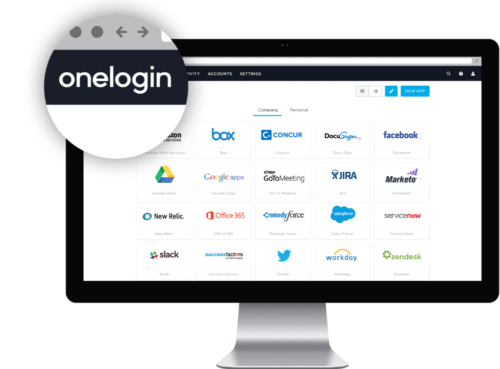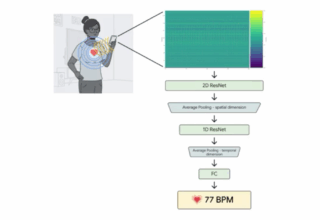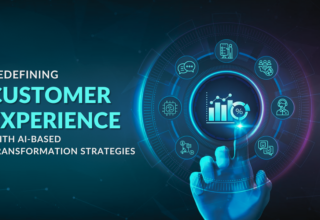
The Matter with Security Now
Most people probably don’t know it, but there’s a security issue of epic proportions happening behind the scenes, and people large and small are paying for it with their bank accounts and identities. It’s not exactly news anymore that the bad guys on the cyber-scene have taken the upper hand for the time being, but IT experts aren’t anywhere near their tipping point despite the stress and general panic that some companies and even universities are feeling.
The problem comes down to this:
- Any major organization with a database of sensitive information is vulnerable. If hackers know where a wealth of exploitable content can be found, they’ll dive right into it and claim it as their own. Bigger companies have a bigger problem because they’re bigger targets with bigger budgets, which is to say that they’re in more danger despite having better security systems in place. The problem with that, however, is illustrated in the next point.
- Vulnerabilities are more vulnerable than ever. Old security flaws that haven’t been snuffed out are now being sniffed out by all calibers of code manipulator, even the less experienced ones. What once flew under the radar only a year ago is now center-focus. In addition, the inveterate security tricks — yes, even multifactor authentication (MFA) to some degree — are just that: old. They’re more effective than ever at what they do, yet they aren’t effectively protecting data on the whole.
- Multiple contacts are necessary yet risky. It’s rare to find any organization that doesn’t utilize at least one or two third parties to handle maintenance, field work or other means of meeting quality assurance expectations. The larger the organization, the more connections they’ll likely have, and each one poses a series of threats to the network. While this is combated with a single sign on (SSO) setup, that alone isn’t enough.
Statically Speaking
The numbers are a touch sobering for enterprisers everywhere. There are still IT managers that aren’t taking the problem seriously enough or are unaware of the alternatives to the older system that they’re still relying on. It’s difficult to not be aware in a day and age where IT leads are usually in direct contact with the likes of Microsoft and Apple, but nonetheless, there are places where these titans’ advice isn’t heard.
For anyone who needs a spur to add single sign on and multifactor authentication to their enterprise, here are a few numbers to wake up to:
- Out of all the polled manufacturing companies, 33 percent of them were found to utilize more than 25 vendor companies spanning from maintenance crews to auditors, merchandisers and more.
- Another 10 percent of those manufacturers were found to employ a minimum of 200 vendors to keep the company going on the front end.
- There’s a 90 percent chance that database breaches will run at least $190,000 and a 10 percent chance that they’ll run more than $750,000.
The All-in-One Solution
OneLogin is a specialized security agency that serves large-scale developers, manufacturers, cloud service companies and more to offer an extra layer of SSO and MFA protection that bottlenecks entering connections and thoroughly checks them for legitimacy. The OneLogin system is unique because it takes the many login portals of multiple third parties and chokes them down to a single gateway that uses technical and non-technical authentication techniques alongside a one-time password (OTP) to let users access the application without needing to enter a password again. This is all accomplished while keeping malicious users out entirely, leaving no entryways to the database, software or hardware that they’re attempting to access.


















